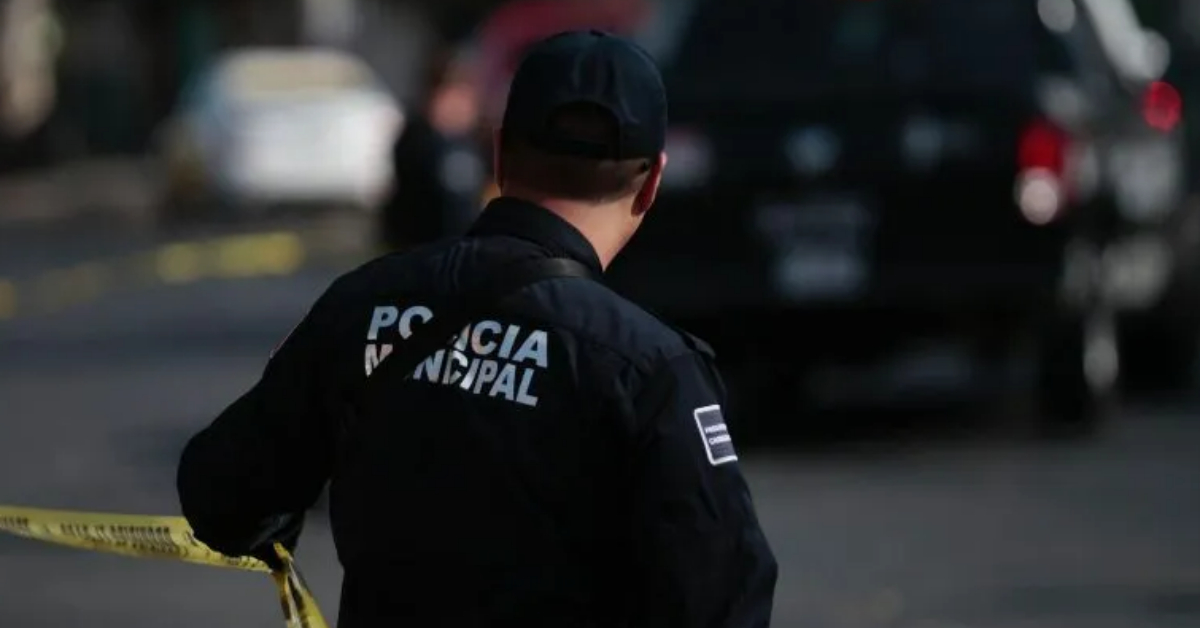two-thirds of the population aged 18 and over considered living in their city unsafe, according to the National Survey of Urban Public Safety (ENSU) that Inegi carried out in the fourth quarter of last year . . .

two-thirds of the population aged 18 and over considered living in their city unsafe, according to the National Survey of Urban Public Safety (ENSU) that Inegi carried out in the fourth quarter of last year . . .
